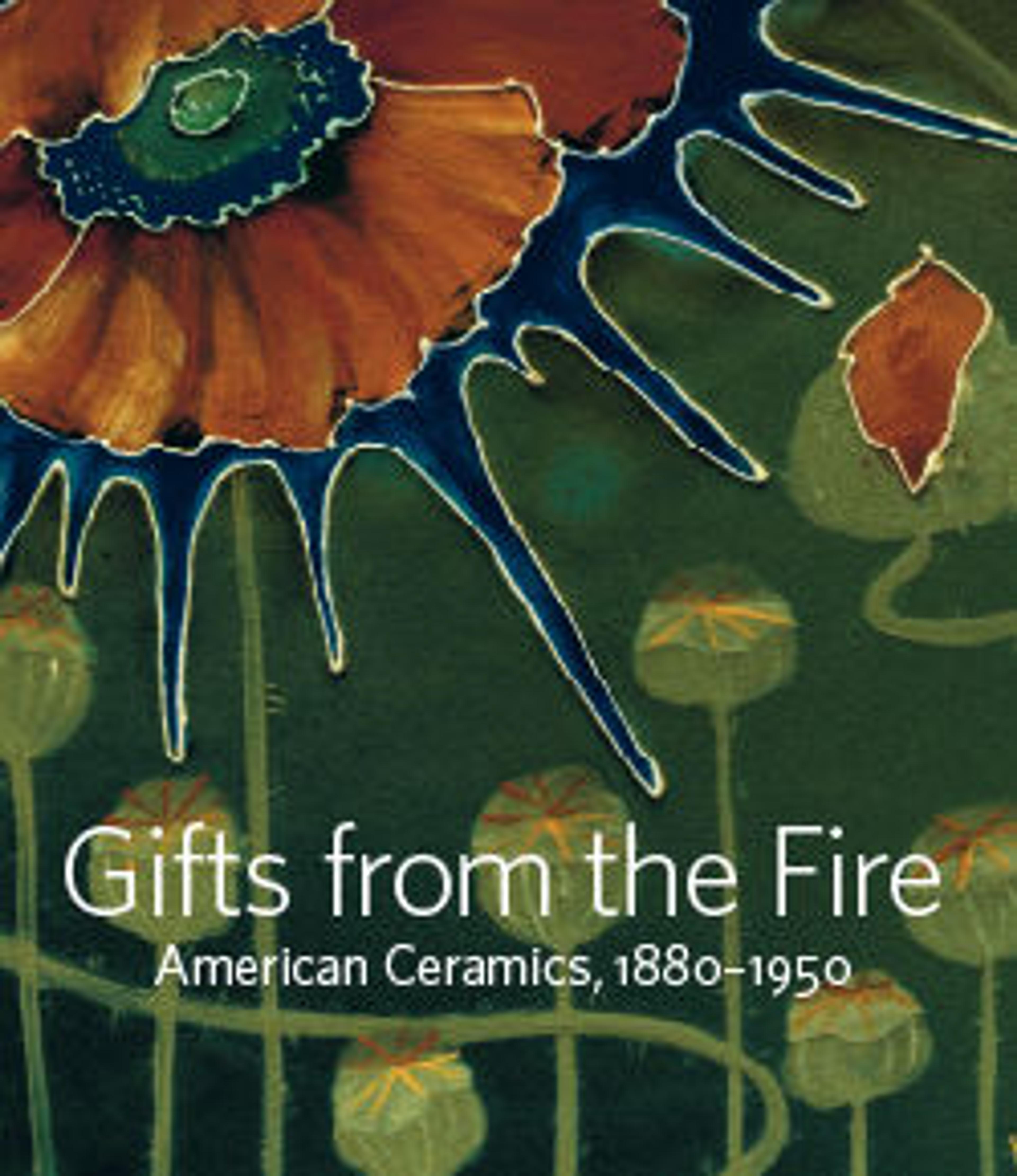Ceramic Form No. 25
Leza McVey was one of the leaders in moving the traditional ceramic vessel form toward asymmetrical and freeform forms. Cleveland-born, McVey studied at the Cleveland Institute of Art in the late 1920s and early 1930s, and married a fellow student, William McVey. An important turning point for her career was through her studies with Maija Grotell at Cranbrook. She continued to make vessels, but rather than throwing them on the wheel, she began to build them by hand, and so doing eschewed the traditional emphasis on symmetry. This work, while having the pretense of a vessel with a stopper, is one of a series she created, titled “Ceramic Forms.” Zoomorphic in shape, they make reference to different animals, but are essentially abstractions. McVey’s work is also indebted to the sculptures of Henry Moore, an exhibition of whose work she saw in 1949 during a trip to New York.
Artwork Details
- Title:Ceramic Form No. 25
- Maker:Leza McVey (American, Cleveland, Ohio, 1907–1984, Cleveland, Ohio)
- Date:1950
- Geography:Made in Pepper Pike, Ohio, United States
- Culture:American
- Medium:Stoneware
- Dimensions:H. 14 5/8 in. (overall with stopper)
- Credit Line:Gift of Martin Eidelberg, 2020
- Object Number:2020.64.96a, b
- Curatorial Department: The American Wing
More Artwork
Research Resources
The Met provides unparalleled resources for research and welcomes an international community of students and scholars. The Met's Open Access API is where creators and researchers can connect to the The Met collection. Open Access data and public domain images are available for unrestricted commercial and noncommercial use without permission or fee.
To request images under copyright and other restrictions, please use this Image Request form.
Feedback
We continue to research and examine historical and cultural context for objects in The Met collection. If you have comments or questions about this object record, please contact us using the form below. The Museum looks forward to receiving your comments.
